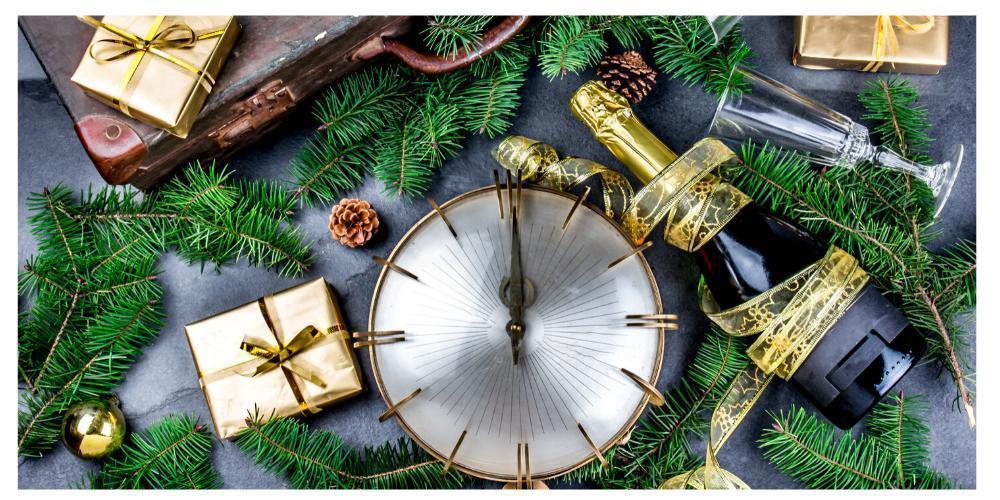New Year’s Eve is celebrated in many different ways across the world. For many cultures, food plays an important role in welcoming the new year appropriately.
As the new year dawns upon us, let’s take a look at how New Year’s Eve menu traditions differ around the world. Who knows, you may be inspired and incorporate one of these food traditions into your own New Year’s Eve menu.
France
The French call New Year’s Eve, “La Saint Sylvestre” and after spending time with their families over Christmas on NYE French gather with close friends and family and start the night with a meal including foie gras, oysters, and plenty of Wine and Champagne, among other indulgences...
Same as in other countries French do countdown to midnight and then start the new year by kissing (kissing depends on your relationship with the person), after this the party continues.
While you will hear French mentioning see you “next year”, which is few days later. They will greet you in the new year saying “Bonne Annee et Bonne Sante” which means “Happy Year and Good Health”. However French traditions allows you to great a Happy New Year until the 31 January but never in February.
Lebanon
Lebanese people have their own traditions, and NYE parties are all about spending the last night of the Year with friends. While Lebanese try to recreate the spirit wherever they live, if you are looking to experience a true unforgettable Lebanese Party there is only one way … Fly to Lebanon!
Spain
In Spain, it is customary to eat twelve grapes for each stroke of midnight. Every grape represents the twelve months of the year to come. It’s said that sweet tasting grapes are a premonition of a good month while sour grapes predict that the month will be less than sweet to the eater.
In addition, if you can’t successfully eat all twelve grapes in twelve seconds, bad luck will follow you in the coming year.
Germany
German’s celebrate New Year’s Eve, or the Sylvesterabend, by drinking glasses of red wine punch brimming with cinnamon and other spices and by indulging in tasty treats called Glücksschweinchen.
Glücksschweinchen are lucky pigs. Glücksschweinchen can be made from any ingredients, as long as they’re shaped like a pig they’re classed as a Glücksschweinchen. The most common kind of Glücksschweinchen, particularly in families with small children, are small marzipan piggies.
Japan
In Japanese culture, families will sit down to a midnight meal of toshikoshi soba or buckwheat soba noodles. The noodles are eaten at midnight to say goodbye to the year that has gone and hello to the year to come.
The long noodles are a symbol of a long life filled with prosperity. On the eve of the new year, families and friends will gather to make mochi rice cakes which they will eat on New Year’s Day—this custom is known as mochitsuki.
Poland
At the stroke of midnight, Polish people traditionally indulge in a feast of pickled herring. It is believed that the silver colouring of the fish is indicative of prosperity and bounty & that eating it will bring these to your life.
Sledzie Marynowane is a Polish delicacy that involves soaking whole herrings in iced water for 24 hours before pickling it in a jar filled with onions, sugar and white vinegar.
America
In Southern America it is traditional that the first food to be eaten when welcoming the new year is a mixture of greens and beans. Black-eyed peas are said to bring good luck and prosperity & for best results, 365 should be eaten.
What is interesting is that the meaning of black-eyed peas changes when it is paired with other ingredients. When black-eyed peas are served with leafy greens, the peas represent coins while the greens represent banknotes. Black-eyed peas eaten with stewed tomatoes are said to bring a year of health and wealth.
If you don’t have a New Year’s Eve tradition of your own, now is the perfect opportunity for you to come up with one. Browse through the stunning ingredients found in our online grocery store and start your very own NYE tradition.




